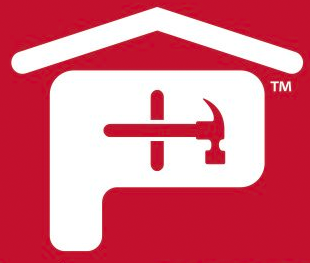The enemy has a name, and that name is Gloeocapsa magma.
A species of cyanobacteria, Gloeocapsa magma, which is also known as blue-green algae, is the most common cause of those bedeviling black streaks and algae stains that discolor a roofing system.
Roof algae grows on roofing and makes your roof appear old or damaged and can occur on all roofing types, including clay tiles, concrete tiles, wood shakes and asphalt shingles. When moisture is present, algae have the potential to thrive.
Geographically speaking, the biggest areas of concern in the United States are the Eastern and Western seaboards, the Gulf States, and the Pacific Northwest – all areas that have hot and humid summers. The impacted sections cover more than 80 percent of the country.
The roofing industry sometimes refers to these areas of the map as the algae danger zone. The biggest area of risk within that zone is the Southeast, where humidity percentages spike along with the summertime heat.
Blowin’ in the Wind
There is another type of algae danger zone, too. Buildings in close proximity of one another are at risk of spreading algae, which feeds on shingle limestone filler and is most common on the north side of a roof. Infestations can easily occur when airborne spores from impacted building tops are blown about by the wind.
Research has shown that Gloeocapsa magma, and the less often seen fellow cyanobacteria, Scytonema, thrive on roofs despite being subjected to extreme weather and a landscape of few nutrients.
“They are largely unaffected by the heat and simply become dormant in the winter cold,” 3M officials wrote in a paper presented at the Fourth International Symposium on Roofing Technology. “Gloeocapsa found on the roof are shielded from intense UV exposure by the formation of a protective, heavily pigmented outer sheath material that surrounds the individual cells.”
That dark pigment is what creates the dirty, streaked look that so rankles homeowners. (Under low light conditions, blue-green algae have a blue-green appearance, which is how it gets it name.)
The roof algae overcome the dearth of nutrients by obtaining “carbohydrates through photosynthesis and nitrates by fixing atmospheric nitrogen,” according to the 3M paper.
Everyone is in agreement that blue-green algae makes roofs look dirty and diminishes curb appeal. But some say it can also weaken and age shingles or encourage the growth of something more damaging such as lichen. The dark pigment also causes the structure to absorb more heat, bumping up cooling costs.
There Is a Solution
While there are methods for cleaning a roof invaded by algae, some of them can be damaging or costly.
Research has shown that metal molecules from zinc and copper are effective at inhibiting algae growth. Therefore, some manufacturers sell algae-resistant shingles that contain copper granules, which help defend your roof from algae growth and staining.
Choosing shingles with the metallic element would be the first line of defense for a home, of course. That may be especially wise when the structure is in the “algae danger zone.”



 Gear!
Gear! PRO LOGIN
PRO LOGIN